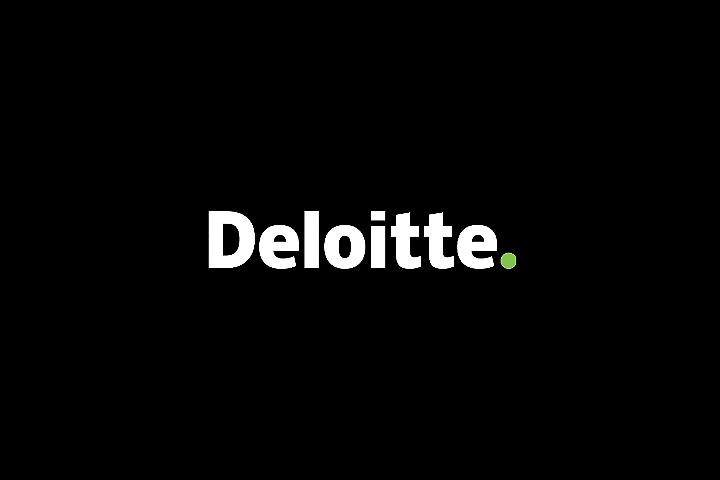Becoming an Orchestrator of Value – A Deep Dive into Integrated Procurement Planning
As procurement maturity evolves and the complexity of management and performance expectations increases, the concept of “Planning” in a procurement context is becoming increasingly important. The following article provides an overview of the procurement planning context, problems that it solves, inputs, outputs, and a structured approach to developing this capability.
In today’s dynamic business environment organisations and their leaders are continuing to grapple with uncertainty and as a result are required to create more intentional alignment between “Value”, “Delivery” and “Projects”, and how we bring structure to the interrelation of these three aspects.

From a Procurement and Supply Chain standpoint, we are seeing now more than ever the importance of effective planning and risk management, but also the challenges that arise when it is not done well, or not done at all. Inherent in this is the need for Procurement functions to be clear on their purpose, and then translate this into their ‘focus', and ability to prioritise value.
In addition, Procurement functions are dealing with an increasingly complex environment driven by several factors:
- Pressure on Procurement to better engage the business and demonstrate their value proposition
- Business expectations of the procurement function to offer a business partnering model, creating complexities integrating multiple functional strategies into a single plan
- Procurement’s ability to not only support, but increasingly become an enabler of the broader corporate strategy
- The growing range of diverse and sometimes contradictory KPIs and business requirements that procurement teams are expected to deliver value on
- Difficulty recruiting quality talent and a need for greater care in allocating these scarce resources (high value delivery orgs place a 2x emphasis on enabling internal workforce agility to deliver strategy1)
As a result of these challenges, a renewed emphasis on planning has arisen and the need to deploy a more structured planning capability across Procurement functions.
Authors : David Bloch
Director, Supply Chain & Procurement
+61 419 267 932
John O’Connor
Partner, Supply Chain & Procurement
+61 438 457 178
Chris Riley
Principal, Supply Chain & Procurement
+61 436 005 564







